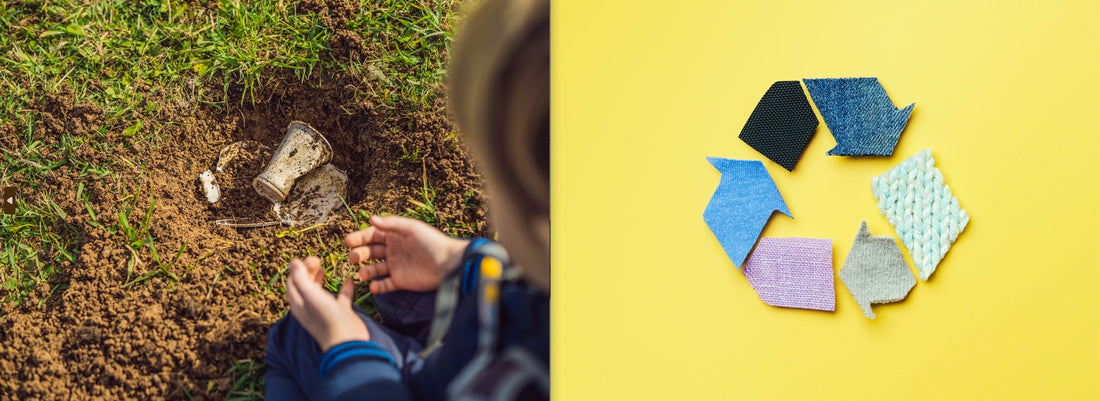The quest for a sustainable future has led to a growing need for eco-friendly materials. Two important material categories in this regard are biodegradable materials and recyclable materials. You might find yourself wondering which option is the better choice. In this blog post, we'll explore both biodegradable and recyclable materials, discussing their advantages, drawbacks, and the role they play in saving resources and avoiding waste.
Biodegradable Materials
Biodegradable materials break down naturally over time, with the help of microorganisms, into simple substances like water, carbon dioxide, and biomass. This process can take anywhere from a few weeks to several years, depending on the material and environmental conditions.
Here are the key points to consider with biodegradable materials:
Biodegradable materials reduce the amount of waste that ends up in landfills as they decompose and return to nature. But that’s not the only advantage they have. As biodegradable materials break down, they release fewer harmful greenhouse gases compared to non-biodegradable materials as they are often burned after reaching the end of their life cycle. As they are made from renewable raw materials they are an ecofriendly choice compared to conventional materials made from petrochemicals.

Examples of biodegradable products:
- Paper products
- Biodegradable plastic bags
- Food waste
- Natural Fiber Fleece
Recyclable Materials
Recycling refers to the process of converting waste materials into new products. This helps conserve raw materials, save energy, and reduce landfill waste. It's important to note that not all materials are recyclable, and some can only be recycled a certain number of times before they lose their integrity. Recycling contributes to resource conservation as it reduces the need for raw material extraction and processing by reusing materials. Furthermore it also saves energy and emits fewer greenhouse gases as recycling typically requires less energy than producing new materials.

Examples of recyclable products:
- Aluminium cans
- Glass bottles
- Cardboard and paper
- Polyester fleece
So, which is the Greener Choice?
The answer isn't as straightforward as you might think. Both biodegradable and recyclable materials have their merits and drawbacks. Ultimately, the greener choice depends on the specific context and what product the materials are used for at the end.
For example, biodegradable materials may be a better choice for single-use items. On the other hand, recyclable materials are more suitable for long-lasting products.
The key is to consider the entire lifecycle of a product. An important variable in this process are also the companies that create products and their suppliers. They have the ability to educate customers on what the best end-of-life solution is and can for example put Closed-Loop processes into place to ensure the materials are properly handled.

Both biodegradable and recyclable materials play a crucial role in promoting sustainability and reducing our environmental impact. By understanding their benefits and limitations, we can make informed decisions that contribute to a greener future and create innovative products. Together, we can make a difference and pave the way for a more sustainable world.

